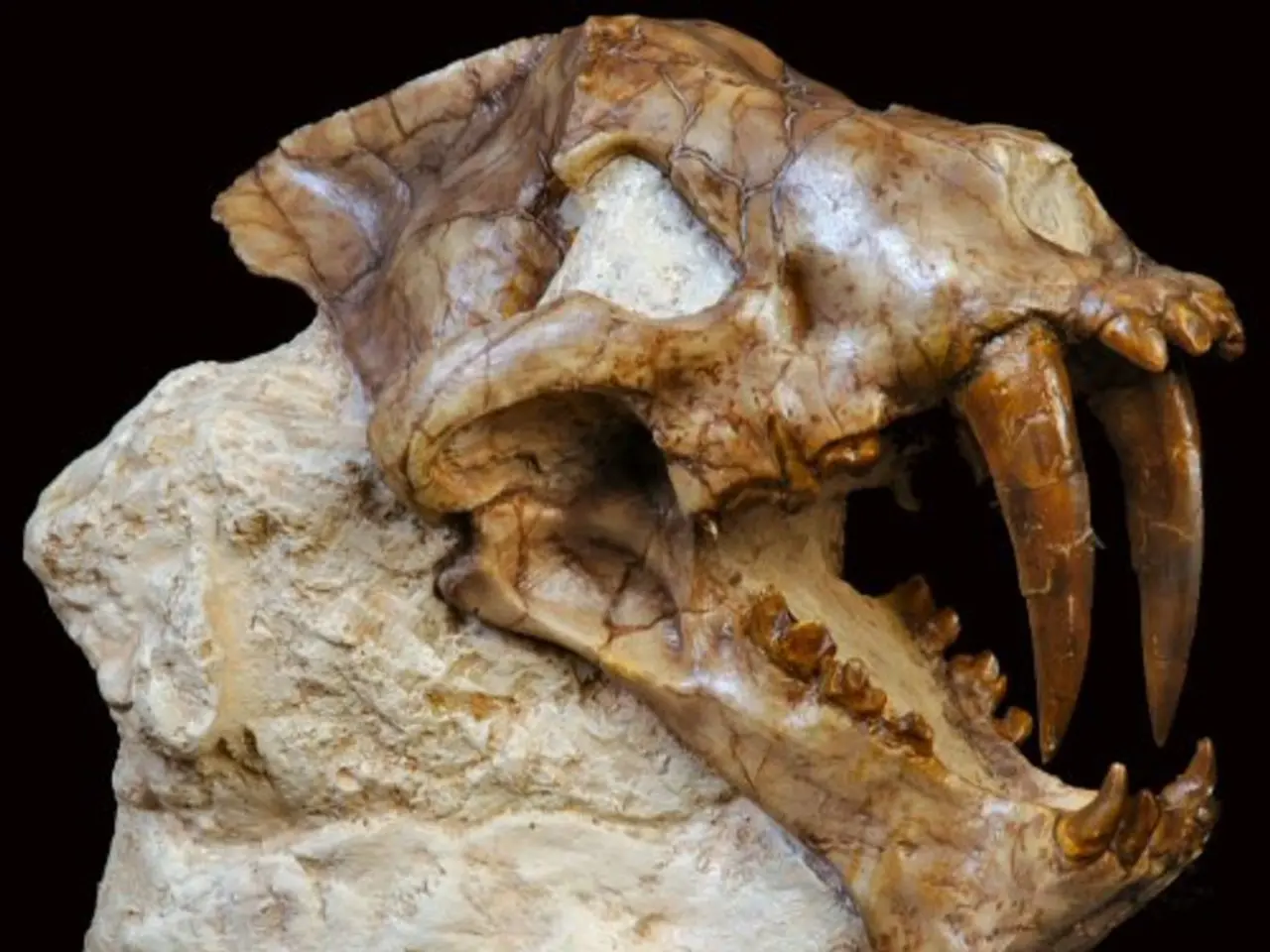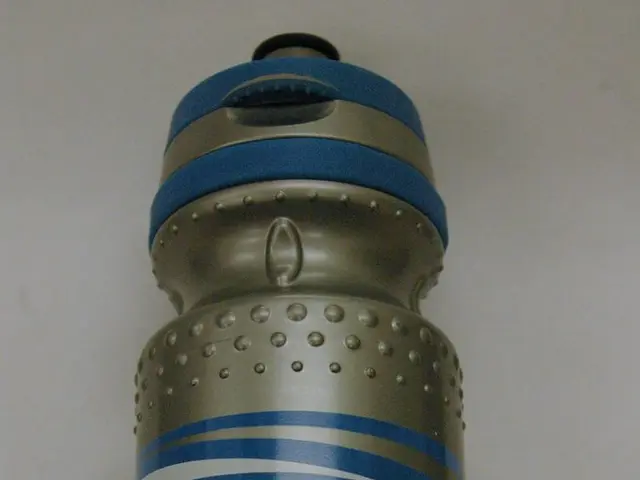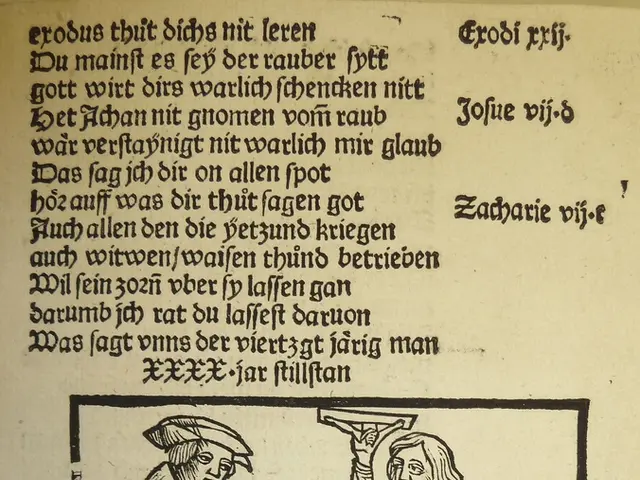Discovered Jawbone dating back approximately 2 million years found in Georgia, potential to significantly alter the narrative of early human history.
In the heart of the South Caucasus region, archaeologists have made a groundbreaking discovery that offers insights into the lives of some of the earliest humans in Eurasia. The site in Orozmani, Georgia, has yielded a nearly two million-year-old human jawbone, alongside evidence of primitive hearths, tools, and animal remains.
The jawbone, closely resembling that of Homo erectus, provides a rare glimpse into the lives of these early humans. Its morphology suggests that early populations of Homo erectus already had body proportions similar to modern humans.
The presence of hearths at the site indicates a significant cognitive leap, allowing early humans to manipulate fire in purposeful ways. These primitive hearths, likely used for social interaction, warmth, and protection from large predators, offer clues about the social organization and daily life of the early Eurasian settlers.
Giorgi Bidzinashvili, a stone age archaeology professor at Ilia State University in Tbilisi, stated that the study of the early human and fossil animal remains from Orozmani will allow us to determine the lifestyle of the first colonizers of Eurasia. Comparative studies with other fossils from the region may reveal patterns of technological innovation, dietary changes, and intergroup interactions across continents.
The discovery of hearths and the evolution of tools suggest an evolving relationship with their surroundings for early humans in the Orozmani site. The tools and animal remains found at the site point towards a thriving ecosystem in the South Caucasus region two million years ago.
The findings may redefine the timeline for early human settlement in Europe and Asia, highlighting that migration occurred much earlier than previously documented. The jawbone represents one of the oldest human fossils found outside Africa, challenging previous assumptions about the timing and routes of human migration into the continent.
Such social structures would have been essential for protection against predators, coordinating hunting strategies, and maintaining a stable community. The study of the early human and fossil animal remains from Orozmani could help trace the spread of early humans and offer insights into their daily life, survival strategies, and interactions with the environment during the Lower Paleolithic period.
In conclusion, the discovery in Orozmani, Georgia, offers a valuable piece to the puzzle of early human colonization of Eurasia. The study of the early human and fossil animal remains from this site could revolutionize our understanding of the early human life in Eurasia and redefine the timeline for early human settlement in Europe and Asia.
Read also:
- Understanding Hemorrhagic Gastroenteritis: Key Facts
- Stopping Osteoporosis Treatment: Timeline Considerations
- Tobacco industry's suggested changes on a legislative modification are disregarded by health journalists
- Expanded Community Health Involvement by CK Birla Hospitals, Jaipur, Maintained Through Consistent Outreach Programs Across Rajasthan







